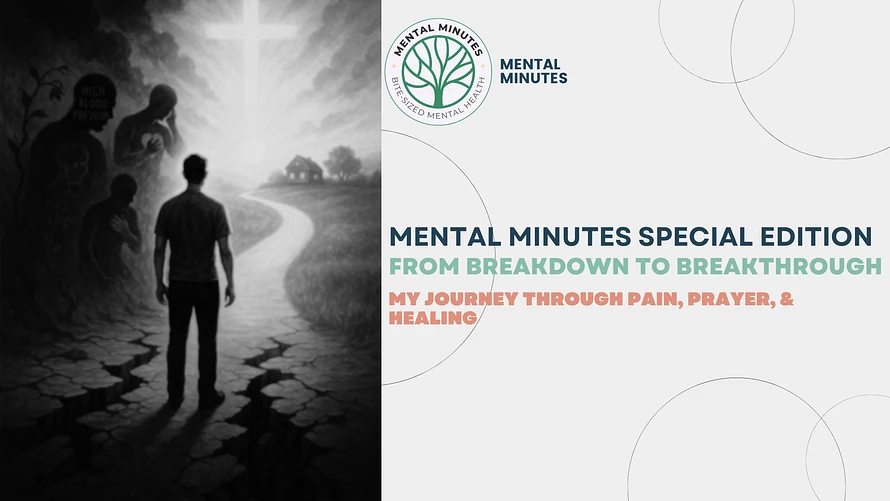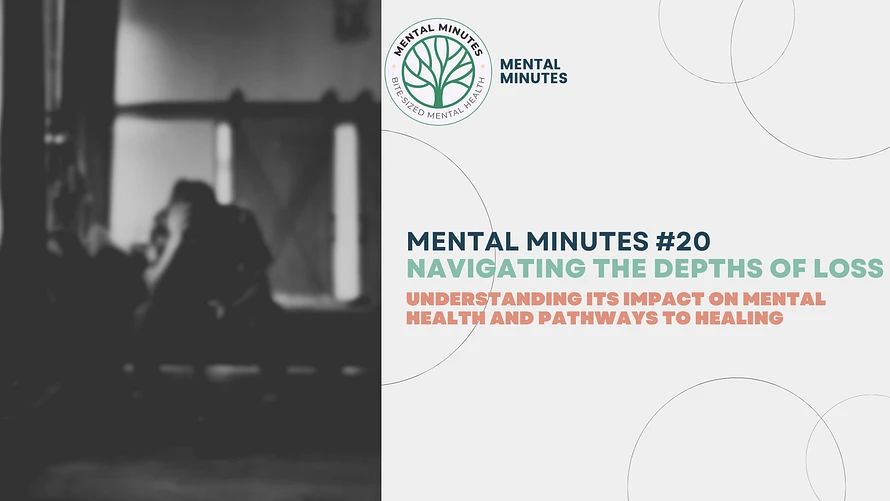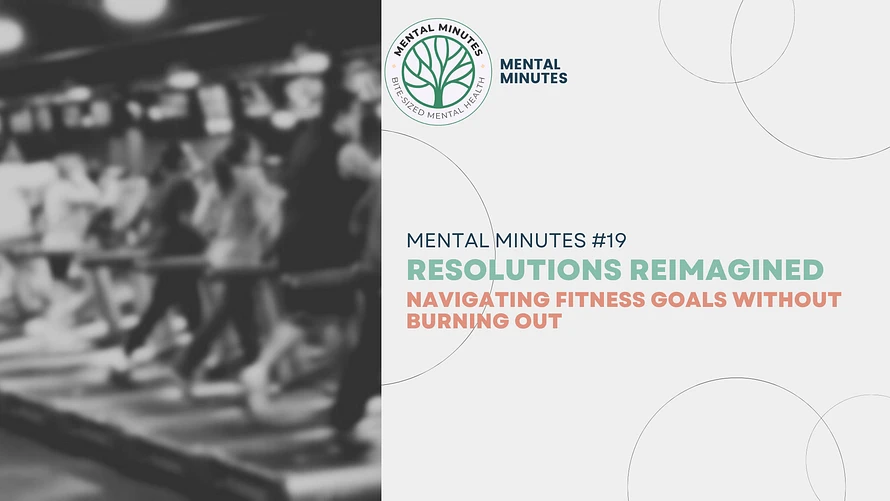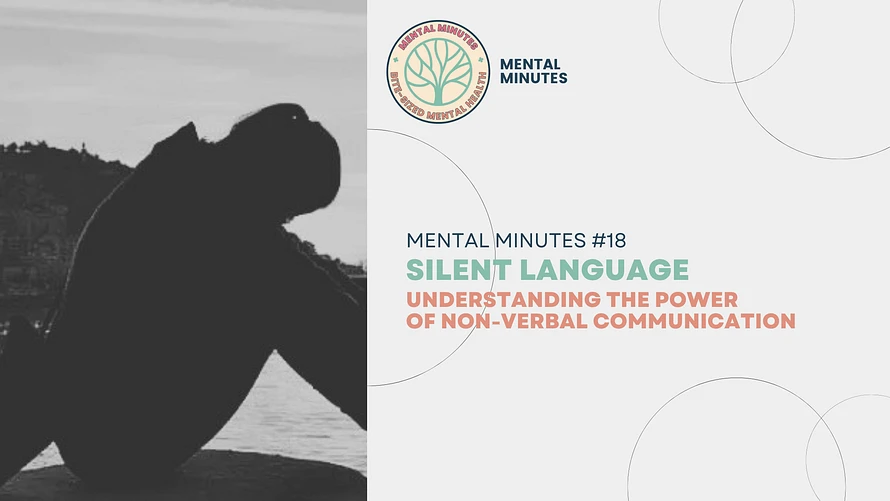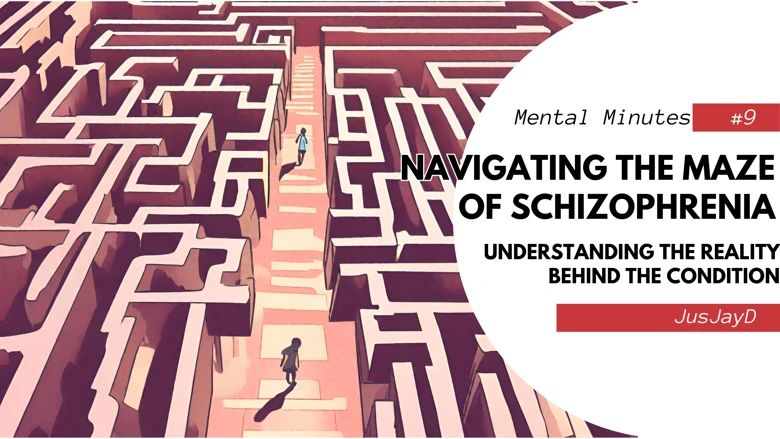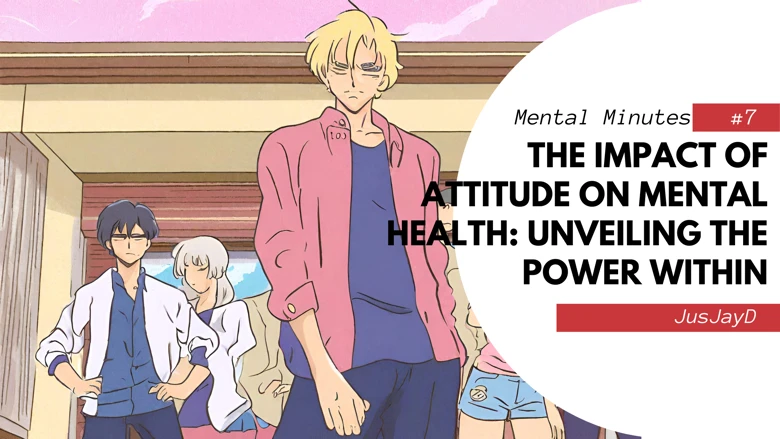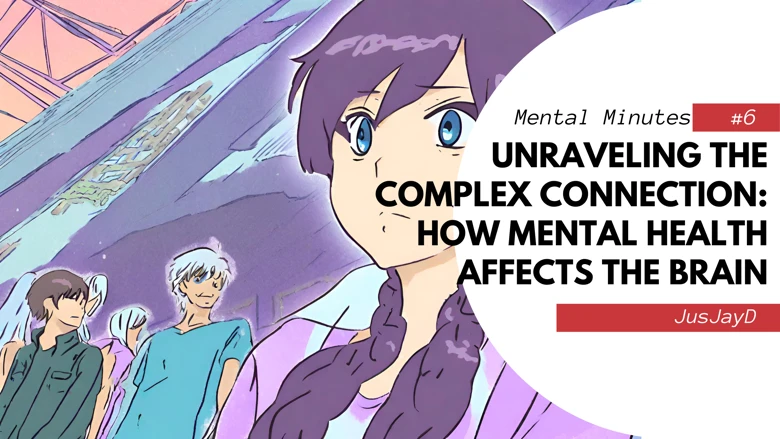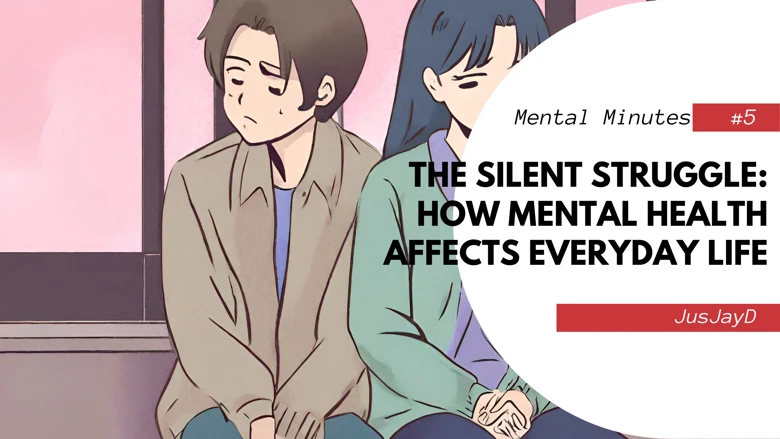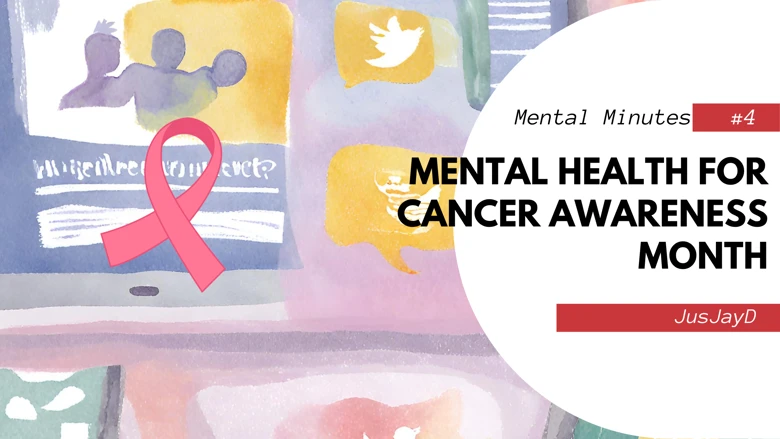From Breakdown to Breakthrough: My Journey Through Pain, Prayer, and Healing
Introduction
Life has a way of throwing us curveballs when we least expect them. In March 2024, I found myself on a journey that would test my physical strength, emotional endurance, and spiritual faith. This is my story—a story of struggle, surrender, and spiritual resilience. It’s not just a tale of physical ailments, but a testimony of how each challenge shaped my mental health and how leaning on God carried me through the darkest valleys.
Chapter 1: The Wake-Up Call
It all began at work—I wasn’t feeling quite right. After visiting my doctor, I was told I had high blood pressure. It wasn’t just a number on a chart; it was a wake-up call. I needed to change my diet, my routine, and quite frankly, my entire lifestyle. The physical pressure mirrored a mental one: anxiety crept in, and the fear of long-term health issues loomed large.
Medical Insight:
Hypertension isn’t just dangerous for the heart—it’s strongly linked to mental health. Studies show a significant correlation between high blood pressure and increased anxiety and depression (NIH, 2020).
Biblical Tie-In:
"But he said to me, 'My grace is sufficient for you, for my power is made perfect in weakness.'" —2 Corinthians 12:9
Chapter 2: A Step Back—Literally
Just two months later, while out for a morning jog—something I had taken on as part of my new healthy routine—I felt a sudden pop in my right foot. The diagnosis: a 75% tear in my Achilles tendon. Six to eight weeks of rehab followed. Once again, I was sidelined—not just physically, but mentally. Depression, guilt, and frustration took root. I had tried to make things better… and somehow made things worse.
Biblical Tie-In:
"But he said to me, 'My grace is sufficient for you, for my power is made perfect in weakness.'" —2 Corinthians 12:9
Chapter 3: The Night I Thought It Was Over
After I recovered from rehab, I had one of the most terrifying experiences of my life. One night, I felt every symptom of a heart attack—tightness in my chest, shortness of breath, dizziness. The ER ran every test imaginable, and all results came back normal. My heart, it turned out, was physically fine.
But mentally? I was unraveling. That night, I cried out to God. I prayed like never before. I surrendered completely.
Medical Insight:
This was likely a panic attack—a powerful example of how anxiety can mimic physical illness. According to the Mayo Clinic, panic attacks can manifest with real physical symptoms that mimic heart attacks.
Chapter 4: Tremors in the Mind and Body
Not long after, I began experiencing what I called “uncontrollable shivers or tremors.” These episodes happened daily until mid-January 2025. Imagine the anxiety, the helplessness, of not knowing what’s happening in your own body.
They slowly began to subside, but by then I had learned something vital: mental health doesn’t just live in your mind—it speaks through your body.
Biblical Tie-In:
"Even though I walk through the darkest valley, I will fear no evil, for you are with me." —Psalm 23:4
Chapter 5: Not Just My Battle
While I was dealing with all this, my wife was going through her own storm. Her workplace couldn’t find help during the busiest season of the year, forcing her to handle the Mardi Gras King Cake season alone. I watched her break under the weight of burnout. And just when we thought we were coming up for air, my mother—my anchor—asked us to take her to the hospital. She had never done that before. Her diagnosis? Congestive heart failure.
My mental health at this point was on the brink—anxiety, sadness, guilt. But even in this storm, there were glimmers of grace. My mom stopped drinking. She began her own health journey, reminding me that healing is always possible, no matter the age or stage.
Chapter 6: A New Beginning
In April 2025, we made a bold move. We decided to find a new home. God led us to a peaceful town an hour north of our current home. A fresh start awaits us in June 2025. It’s more than a change in geography—it’s a renewal of our spirit, our hope, and our foundation.
Biblical Tie-In:
"Behold, I am making all things new." —Revelation 21:5
Conclusion: What This Journey Taught Me About Mental Health
Every physical ailment had a mental ripple effect. Every setback invited doubt, fear, and anxiety. But every prayer brought peace. Every surrender brought strength. Mental health is a journey, just like physical health. And while therapy, medication, and rest are vital, so is faith.
Resources for Support:
- National Alliance on Mental Illness (NAMI): https://www.nami.org/
- Bible Verses on Mental Health – Crosswalk: https://www.crosswalk.com/faith/bible-study/10-bible-verses-for-mental-health.html
- Mayo Clinic on Anxiety & Physical Health: https://www.mayoclinic.org/
Final Word:
To anyone out there feeling broken—your pain is valid. Your story matters. And healing is possible. Let my journey be a reminder: God doesn’t waste pain. He uses it to build purpose.
